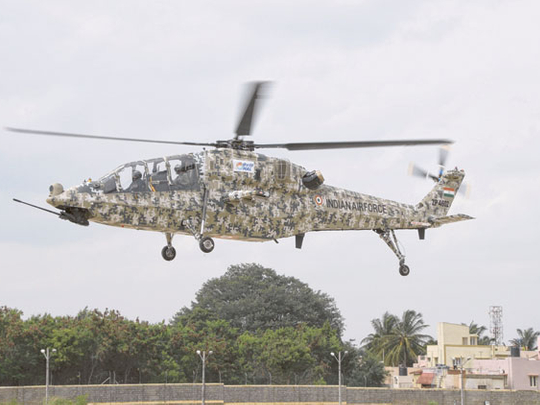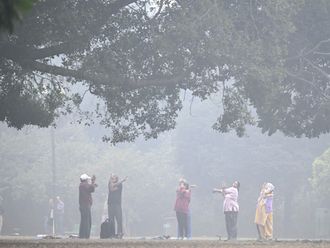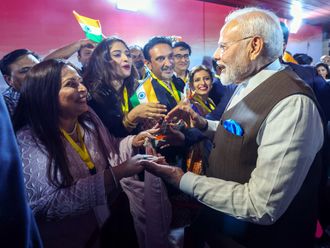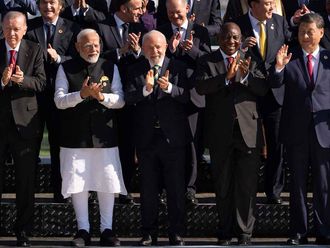
Paris/New Delhi: India has successfully test-flown the second prototype of its indigenous high altitude Light Combat Helicopter (LCH).
Hindustan Aeronautics Limited (HAL) Chairman and Managing Director Ashok Nayak told India Strategic defence magazine in interviews at the Paris Air Show and in New Delhi that the second aircraft was a "considerable improvement" over the first prototype as HAL and Defence Research and Development Organisation (DRDO) scientists had been able to achieve substantial weight reduction.
"Not only that, the human and weapons payload capacity of the rotorcraft had already been exceeded than the parameters mandated by the Indian Air Force (IAF)."
Although a derivative of the advanced light helicopter (ALH) Dhruv, the LCH has been re-designed and reconfigured from the beginning to operate at the Himalayan heights of 20,000 feet. It carries two pilots, one as a weapons operator, in tandem seating. The helicopter is powered by the same Shakti engine that is used by the ALH.
The first helicopter was flown last year, for 20 minutes in the first flight, and the second June 2011-end. The combined hours that the two helicopters, prototype-1 and prototype-2, have done by now are 76.
Nayak said the second prototype was flown to a height of 10,000 feet with an all-up weight (AUW) of 4,900 kilograms. The parametres successfully tested by HAL test pilots included general handling, slow speed handling, basic automatic flight control system (AFCS) checks and 60 degree bank turns.
Images of the helicopter in flight, with digitally designed camouflage paint, have been made available to India Strategic. Later, radar absorbent coating to increase its stealth features would also be added.
After the basic tests are conducted and all parameters established, the helicopter would progressively be taken to higher altitudes like Leh, Kargil and Siachin as also in the deserts of Rajasthan.
A few more prototypes and several more tests are scheduled before the LCH gets into the production line and becomes operational in about five years.












